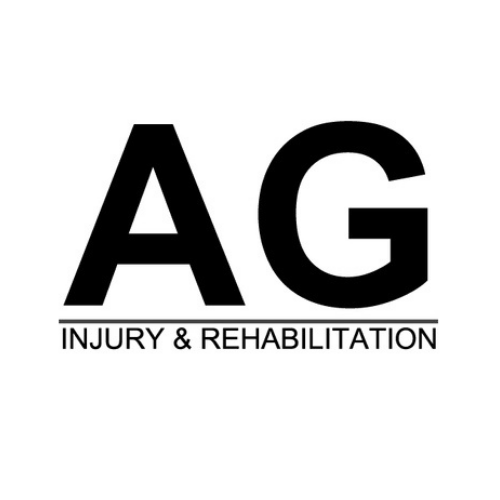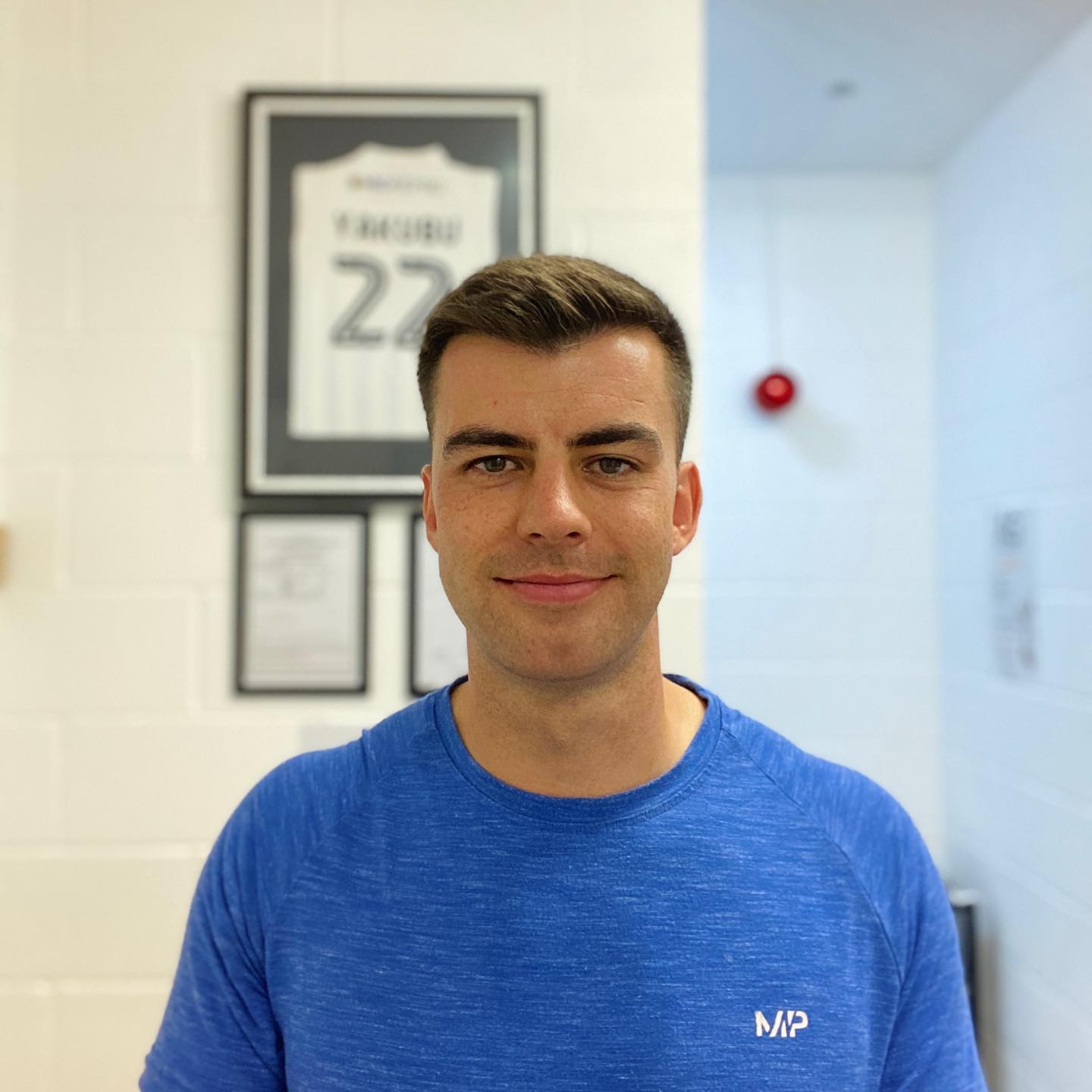Every stride a runner takes puts up to eight times their body weight on their legs, with the calf muscles acting as crucial shock absorbers. Yet, these hardworking muscles are often the first to protest when training intensifies, affecting up to 40% of recreational runners annually.
While calf pain can sideline even the most dedicated athletes, understanding its causes and solutions empowers runners to maintain their training momentum. From muscle fatigue to improper footwear, the path to pain-free running starts with identifying the root causes and implementing targeted solutions.
Common Causes of Calf Pain in Runners
Muscle overuse and fatigue top the list of reasons runners experience calf pain when running. When muscles work beyond their capacity without proper recovery time, they become strained and painful. This often happens when runners push themselves too hard or too long.
Tight calf muscles create problems by changing how muscle fibers work together. This tightness can make running uncomfortable and lead to ongoing pain issues. Poor running form, especially overstriding or landing too heavily on the heels, puts extra stress on calf muscles.
Worn-out or inappropriate running shoes play a big part in calf discomfort. Shoes that lack proper support or cushioning force calf muscles to work harder than necessary. Many runners hurt their calves by ramping up their training too quickly. Sudden increases in running distance or speed overwhelm the muscles before they can adapt to new demands.
Exercises and Stretches to Alleviate Calf Pain
The standing wall stretch works well for tight calves. Place your hands against a wall, step one foot back, and lean forward while keeping your back leg straight. Hold this position for 30-60 seconds on each leg. This targets the large calf muscles that often cause pain during runs.
Before running, high knees and other moving stretches get your calves ready for action. Walk forward while lifting your knees high, focusing on a controlled movement that warms up the muscles. Prevent Calf Injuries with heel drops - stand on a step's edge and lower your heels below the step level.
Foam rolling helps loosen tight calf muscles and reduce pain. Roll the foam roller under your calf while supporting your body weight with your arms. Move slowly from your ankle to your knee, pausing on tender spots. This technique breaks up muscle tension and speeds up recovery after runs.
Recovery Practices for Calf Pain
Rest stands as the first line of defense against running-related calf pain. Taking time off from running allows strained muscles to heal properly. Apply ice to sore spots for 15-20 minutes several times daily to bring down swelling and ease discomfort.
Run stronger and prevent injury with compression socks or sleeves that offer valuable support during recovery. These garments improve blood flow and reduce muscle vibration, helping tired calf muscles bounce back faster. Many runners wear compression gear both during runs and afterward to speed up healing.
Self-massage techniques work well for tender calf muscles. Use your thumbs to apply gentle pressure in circular motions along the muscle fibers. Rolling a tennis ball under your calf while seated helps target specific painful areas. These hands-on methods increase blood flow to damaged tissue and help muscles recover more quickly.
Combined with proper rest periods, these recovery methods help runners get back to training while avoiding long-term calf problems.
Prevention Strategies for Future Calf Pain
A proper warm-up sets the stage for injury-free running. Start with 5-10 minutes of light jogging, followed by leg swings and walking lunges. After your run, cool down with gentle stretches to keep your calf muscles happy.
Build your running distance slowly - follow the 10% rule by increasing weekly mileage by no more than 10%. This gives your calf muscles time to adapt to new training loads. Mix up your workouts with activities like swimming or cycling to work different muscle groups and prevent overuse.
Add strength training twice weekly to build muscle balance. Simple exercises like calf stretches and exercises support healthy running form. Many runners overlook the basics - drink water throughout the day and eat protein-rich foods after workouts. Getting enough water prevents muscle cramps, while proper nutrition helps muscles repair themselves between runs.
Regular stretching and massage keep calf muscles flexible. Rolling your calves with a tennis ball before bed can prevent morning tightness.
Footwear Recommendations for Runners with Calf Pain
Good running shoes make a big difference in preventing calf discomfort. Look for shoes with ample cushioning in the midsole to absorb impact forces. The right amount of arch support helps distribute pressure evenly across your foot, reducing strain on calf muscles.
Shoe fit matters more than brand name. Your running shoes should have about a thumb's width of space between your longest toe and the shoe's front. Try on shoes late in the day when feet are slightly swollen, similar to how they feel during runs.
The heel-to-toe drop in your shoes affects how your calves work during runs. A higher drop (10-12mm) puts less stress on calf muscles, while minimal drop shoes make calves work harder. If you're dealing with calf pain, start with shoes that have more drop and gradually transition to lower drops as your muscles strengthen.
Replace your shoes every 400-500 miles to maintain proper support. Old shoes lose their cushioning properties and can lead to increased calf strain.
Running Technique Modifications to Reduce Calf Strain
Landing mid-foot instead of on your heels reduces stress on calf muscles during runs. This natural foot strike pattern spreads impact forces more evenly through your legs, limiting strain on your Achilles tendon and calf muscles.
Taking shorter, quicker steps helps prevent calf pain. Aim for about 170-180 steps per minute - count your footfalls for 30 seconds and multiply by two to check your current pace. This faster cadence keeps your feet under your body's center of mass, reducing the work your calves must do.
Watch your posture while running. Keep your chest up, shoulders relaxed, and arms at 90-degree angles. Your feet should land directly under your hips, not out in front. As you tire, check your form every mile - many runners let their technique slip when fatigue sets in, putting extra stress on their calves.
Running uphill places extra demands on calf muscles. Shorten your stride on inclines and focus on pushing off with your entire foot rather than just your toes.
Training Schedule Adjustments to Prevent Calf Pain
Rest days play a key role in preventing calf injuries. Schedule 1-2 full rest days between running sessions to let your muscles rebuild and repair. Many runners make the mistake of training hard every day, which leads to muscle strain and potential injury.
Mix up your workout intensity throughout the week. Follow hard training days with easy runs or cross-training activities. For example, after a speed workout, plan an easy-paced recovery run or light cross-training session. This pattern gives your calf muscles time to adapt to training stress.
Break your training into specific phases over several weeks. Start with a base-building phase focusing on easy miles, then add speed work gradually. This approach, known as periodization, prevents calf pain when running. Include different types of runs - long runs, tempo runs, and recovery runs - to build strength and stamina while reducing injury risk.
Give extra attention to recovery when adding new training elements. Your calves need time to adjust to changes in running surface, speed, or distance.
When to Seek Professional Help for Persistent Calf Pain
Stop running and prevent calf pain if it persists beyond two weeks of self-treatment. Sharp, shooting pain or pain that gets worse with basic movement needs quick medical attention. Watch for signs of severe injury like notable swelling, redness, or difficulty walking.
A physical therapist or sports medicine specialist can spot movement problems that lead to calf strain. These professionals check your running form, muscle strength, and flexibility to find the root cause of ongoing pain. They often catch issues that home treatment might miss, like muscle imbalances or running mechanics problems.
Treatment options vary based on your specific condition. Physical therapists create custom exercise plans targeting weak areas in your legs. They might use techniques like ultrasound therapy or dry needling to speed up healing. Sports medicine doctors sometimes recommend specialized treatments like PRP (platelet-rich plasma) injections for stubborn injuries. Many runners benefit from a combination of hands-on therapy and guided exercise programs to fix long-term calf issues.
The Path Forward: Taking Control of Calf Pain
Armed with knowledge about proper training techniques, recovery methods, and prevention strategies, runners can take control of their calf health. The key lies in listening to your body's signals and responding with appropriate adjustments to training intensity, recovery practices, and running form.
Remember that preventing calf pain is always easier than treating it. By incorporating regular stretching, strength training, and proper footwear choices into your running routine, you can build resilient calf muscles that support your running goals for years to come.

